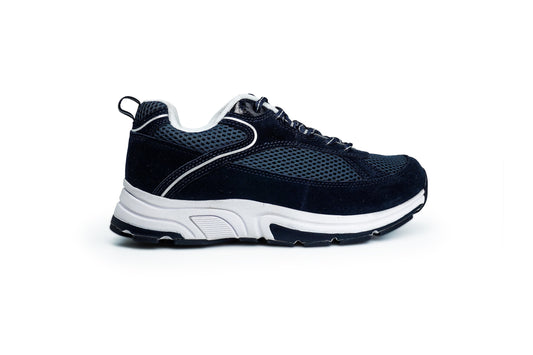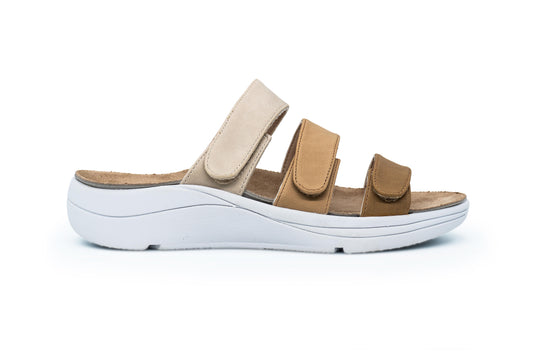Tips for Preventing Bunions: Essential Strategies for Foot Health
Bunions, characterized by a painful bony bump at the base of the big toe, are a common foot problem that can cause discomfort and hinder mobility. Individuals with diabetes are particularly susceptible to bunions, making prevention strategies essential for maintaining foot health. Here are some effective tips for preventing bunions and safeguarding against related complications:
Understanding Bunions
Before delving into prevention strategies, it's important to grasp the basics of bunions. Bunions develop gradually, often due to factors such as genetics, improper footwear, and biomechanical abnormalities. The condition manifests as a protruding bump on the joint of the big toe, leading to discomfort, inflammation, and potential complications if left untreated.
Symptoms and Warning Signs
Recognizing the early signs of bunions is crucial for timely intervention. Symptoms may include a visible bump at the base of the big toe, redness, swelling, and pain exacerbated by pressure or movement. Corns, calluses, and restricted toe mobility are also common indicators of bunion formation. Regular self-examinations of the feet can aid in early detection and prompt medical evaluation.
Preventive Measures
- Check Your Feet Regularly: As a person with diabetes, diligent foot care is paramount. Conduct daily foot inspections to identify any abnormalities or changes in toe alignment. Promptly address any signs of bunion formation or discomfort by seeking medical advice from a podiatrist or healthcare provider.
- Wear the Right Socks: Diabetic socks provide cushioning and support while promoting proper circulation. Opt for seamless, moisture-wicking socks to reduce friction and minimize the risk of skin irritation. Diabetic orthopedic shoes or slippers can offer additional protection and comfort, particularly for individuals prone to foot complications.
- Choose Proper Footwear: Selecting footwear that accommodates the natural shape of the foot is essential for preventing bunions. Avoid narrow or tight-fitting shoes that exert pressure on the toes and forefoot. Opt for shoes with a wide toe box, adequate arch support, and cushioned soles to alleviate pressure and maintain optimal foot alignment.
- Use Orthotic Inserts: Custom orthotic inserts can help correct biomechanical imbalances and alleviate excessive pressure on the toes. Consult with a podiatrist to obtain orthotic devices tailored to your foot anatomy and specific needs. Regular use of orthotics can promote proper foot alignment and reduce the risk of bunion development.
- Regular Podiatric Care: Schedule routine foot examinations with a podiatrist to monitor foot health and address any emerging issues. Podiatric evaluations can detect early signs of bunions and provide personalized recommendations for preventive care and treatment interventions.
- Incorporate Foot Exercises: Engage in simple foot exercises to strengthen the muscles and improve flexibility. Toe stretches, curls, and mobility exercises can help maintain optimal toe alignment and prevent structural deformities associated with bunions. Consult with a healthcare professional for guidance on suitable exercise regimens.








